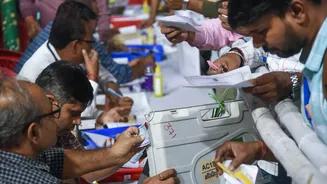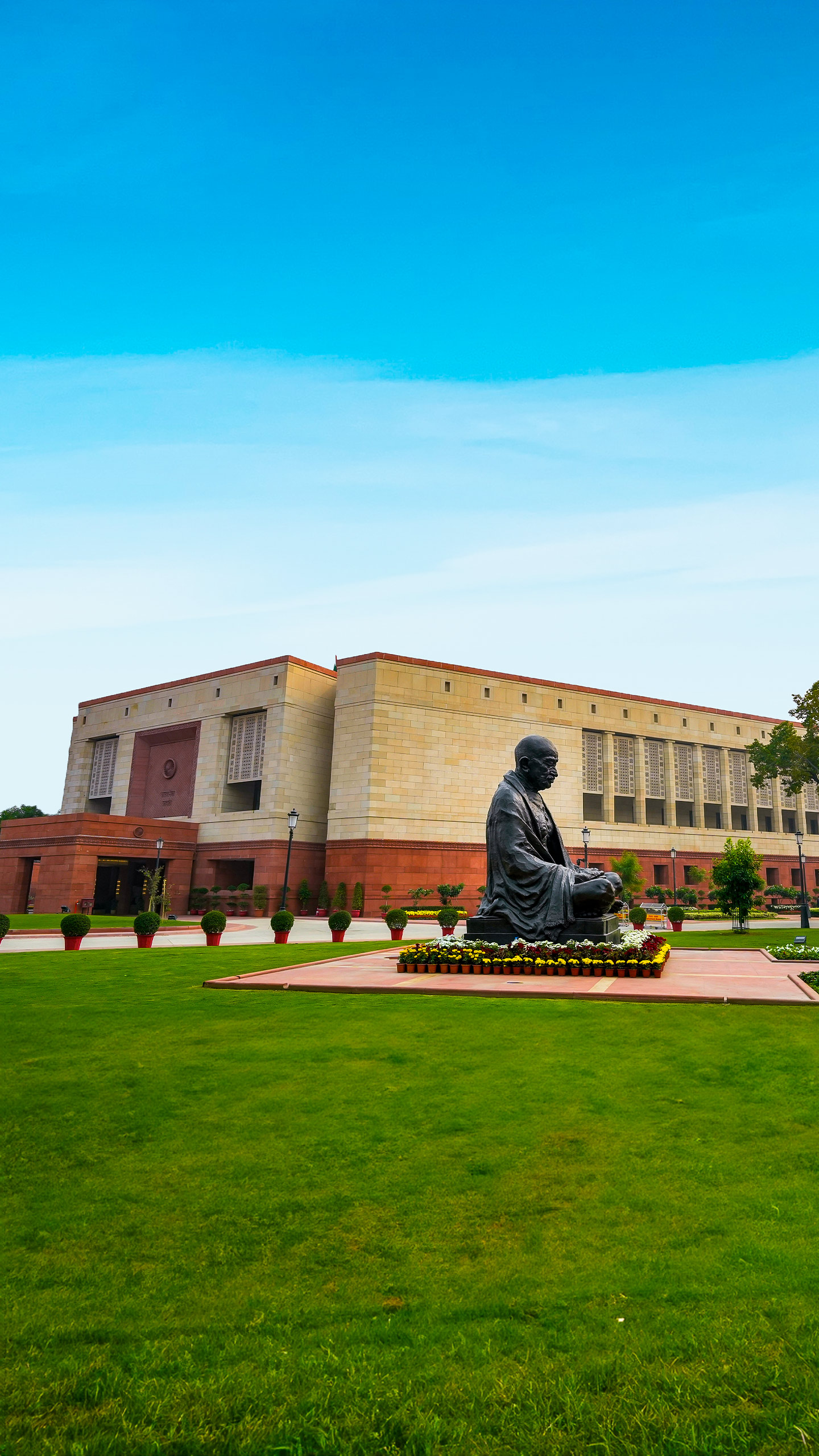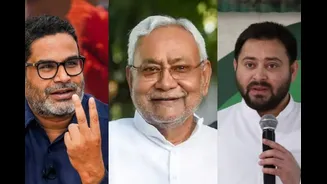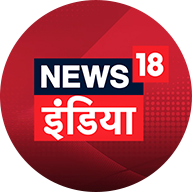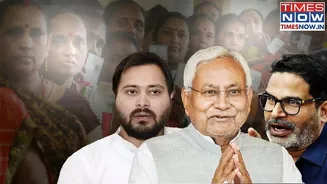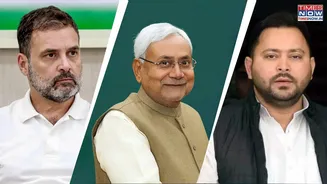Bihar Elections Overview
The Bihar elections of 2025 are a significant political event, drawing attention across India. These elections are crucial for determining the state's
leadership and the direction of its governance. The elections are a major exercise in democracy, where citizens exercise their right to choose their representatives. The process involves multiple stages, including candidate nominations, campaigning, and the casting of votes. Various political parties and independent candidates will be vying for the support of the electorate. The election results will have a direct impact on the policies and development initiatives pursued by the state government. Detailed information regarding the election schedule, including the dates for voting, will be released by the Election Commission of India (ECI).
Key Constituencies Examined
Bihar is divided into several constituencies, each with its own electoral dynamics. Key constituencies usually experience tight contests, often reflecting the diversity within the state. Understanding the specific demographics and political preferences in these areas is crucial. Constituencies like Patna, considered a major urban centre, often have different priorities than rural regions. The political landscape of each constituency may shift depending on the alliances formed by various parties, and the popularity of the candidates. The outcomes of elections in these key constituencies significantly influence the overall results. It's important to analyze past election data, including the voter turnout and results from previous elections, to better predict the future. Various socio-economic factors in each constituency will also be instrumental in deciding the fate of candidates, along with the impact of local and national-level issues.
Candidates and Parties
A wide range of candidates, representing various political parties, are expected to contest the Bihar elections. The major parties usually put up their candidates, along with independent candidates hoping to make an impact. The selection of candidates is a strategic decision for each party, based on factors such as their popularity, experience, and the representation of different communities. The campaigning strategies of each party, including rallies, public meetings, and social media outreach, aim to win over voters. Voters have the chance to review the candidates' profiles, their policy agendas, and their past contributions. In this process, voters' decisions are critical in shaping the government. Also, the alliances and coalitions among different parties are significant, often influencing the final outcome. The performance of each candidate and the strategies of their parties, play a pivotal role in these elections, shaping the state's political direction.
Voter Education and Rights
Voter education and awareness are important parts of ensuring a fair election. Informing voters about the electoral process, their rights, and the importance of casting their votes is essential. The Election Commission of India (ECI) plays a key role in conducting voter awareness programs. These programs include campaigns that educate people on how to register, how to verify their names on the voter list, and how to cast their votes. Voters should have access to accurate information regarding the candidates, parties, and their manifestos to make an informed decision. Awareness initiatives are important to address misconceptions, dispel misinformation, and combat voter apathy. Encouraging greater participation from all sections of society, including marginalized groups, will greatly benefit the elections. The importance of the election process, the secrecy of the ballot, and the importance of not being influenced by illegal means like bribery are crucial aspects.
Election Day Procedures
The election day is when voters cast their ballots. Detailed procedures are established to ensure a smooth and fair voting process. Voters are required to visit designated polling booths, where they can verify their identity and cast their vote. Electronic Voting Machines (EVMs) are widely used in India, and voters should be familiar with their operation. Polling officials are assigned the duty of guiding voters through the process, while ensuring that the procedures are followed correctly. Adequate security measures are taken to maintain the integrity of the polling booths, and to prevent any untoward incidents. The counting of votes usually starts after the voting period ends, and it is a meticulous process under the supervision of the Election Commission of India. Observers are appointed to monitor the entire process, including the voting and counting, to ensure transparency and fairness. The final results are announced once the counting is complete.
Post-Election Scenarios
The election results usually set the stage for government formation in Bihar. The party or coalition that gains a majority of seats in the assembly is invited to form the government. The Governor of Bihar invites the leader of the winning party or coalition to form the government. The leader then becomes the Chief Minister and forms the cabinet of ministers. The formation of the government might involve negotiations and alliances between parties to secure a majority. If no party gets a clear majority, a coalition government could be formed. The policies and programs of the new government will shape Bihar's future for the next five years. The elected representatives will be responsible for representing their constituencies and addressing the needs and concerns of their constituents. The government's actions, including its initiatives, will have a direct impact on the state's development, and its social, economic, and political stability.


